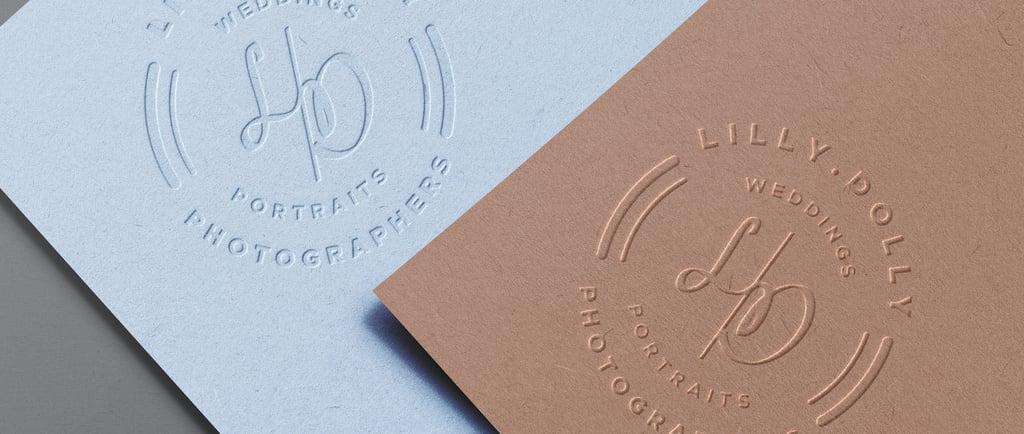

Embossing is a technique that creates a raised design on a surface, often used for decorative or branding purposes. Debossing, on the other hand, involves creating an indented or recessed design on a surface. Both techniques are commonly used in printing and stamping to add texture and visual interest to materials like paper, leather, or metal.
Key Differences
Visual Effect: Emboss creates a raised design, while deboss creates a recessed or indented design.
Technique: Emboss involves pressing the design from the back, making it bulge outward. Deboss involves pressing the design from the front, creating an indentation.
Appearance: Emboss gives a luxurious, elegant look. Deboss provides a minimalist, modern appearance.
Application: Emboss is often used for business cards, invitations, and formal documents. Deboss suits book covers, packaging, and promotional materials.
Characteristics
Emboss
Raised design
Luxurious, elegant appearance
Suitable for formal documents, business cards, packaging, and invitations.
Deboss
Recessed design
Minimalist, modern appearance
Suitable for book covers and packaging
Choosing Between Emboss and Deboss
Emboss: Formal documents, luxury branding, and high-end packaging.
Deboss: Modern designs, minimalist branding, and subtle visual effects.
